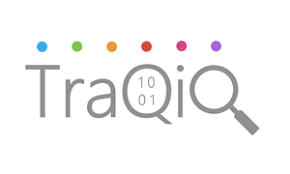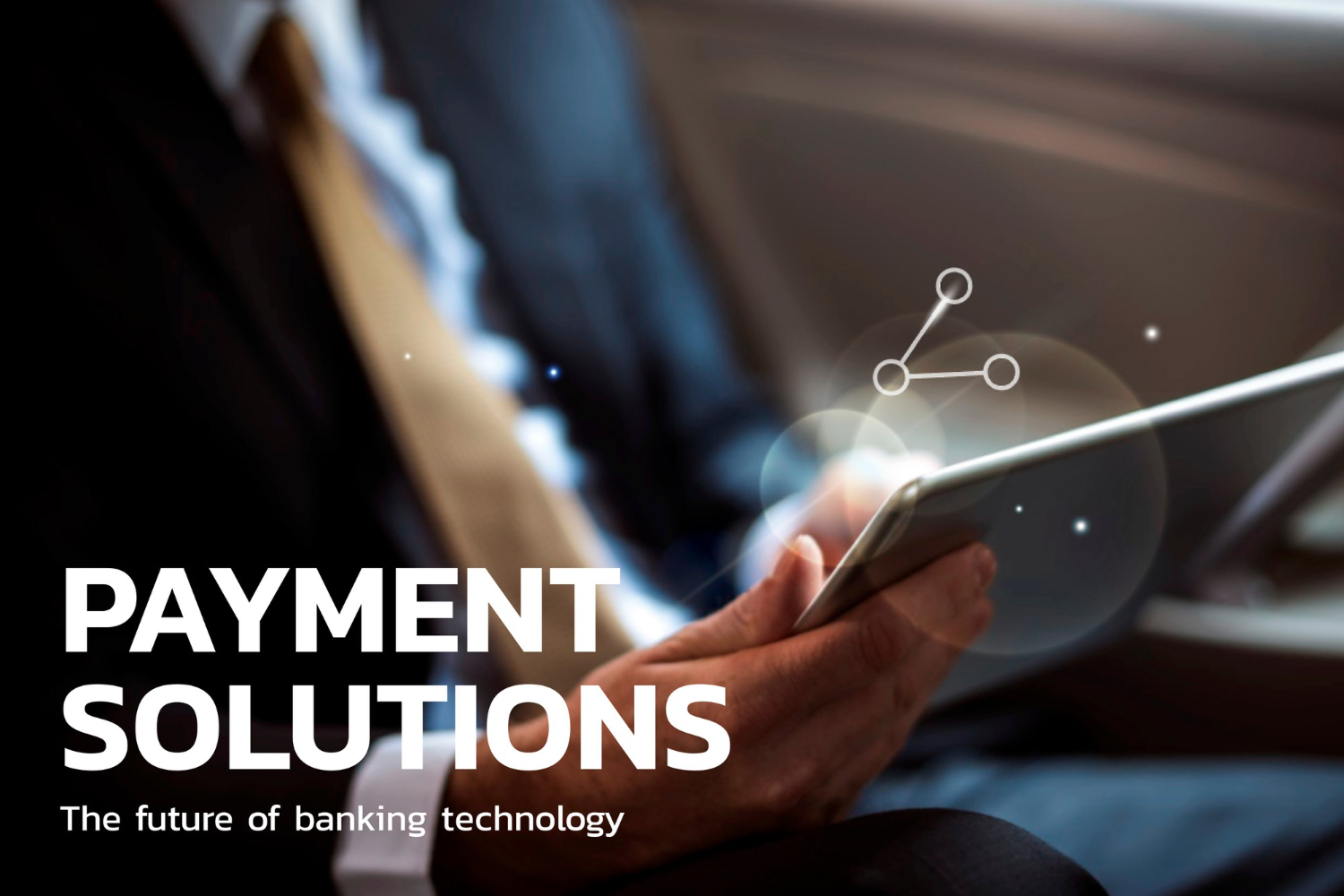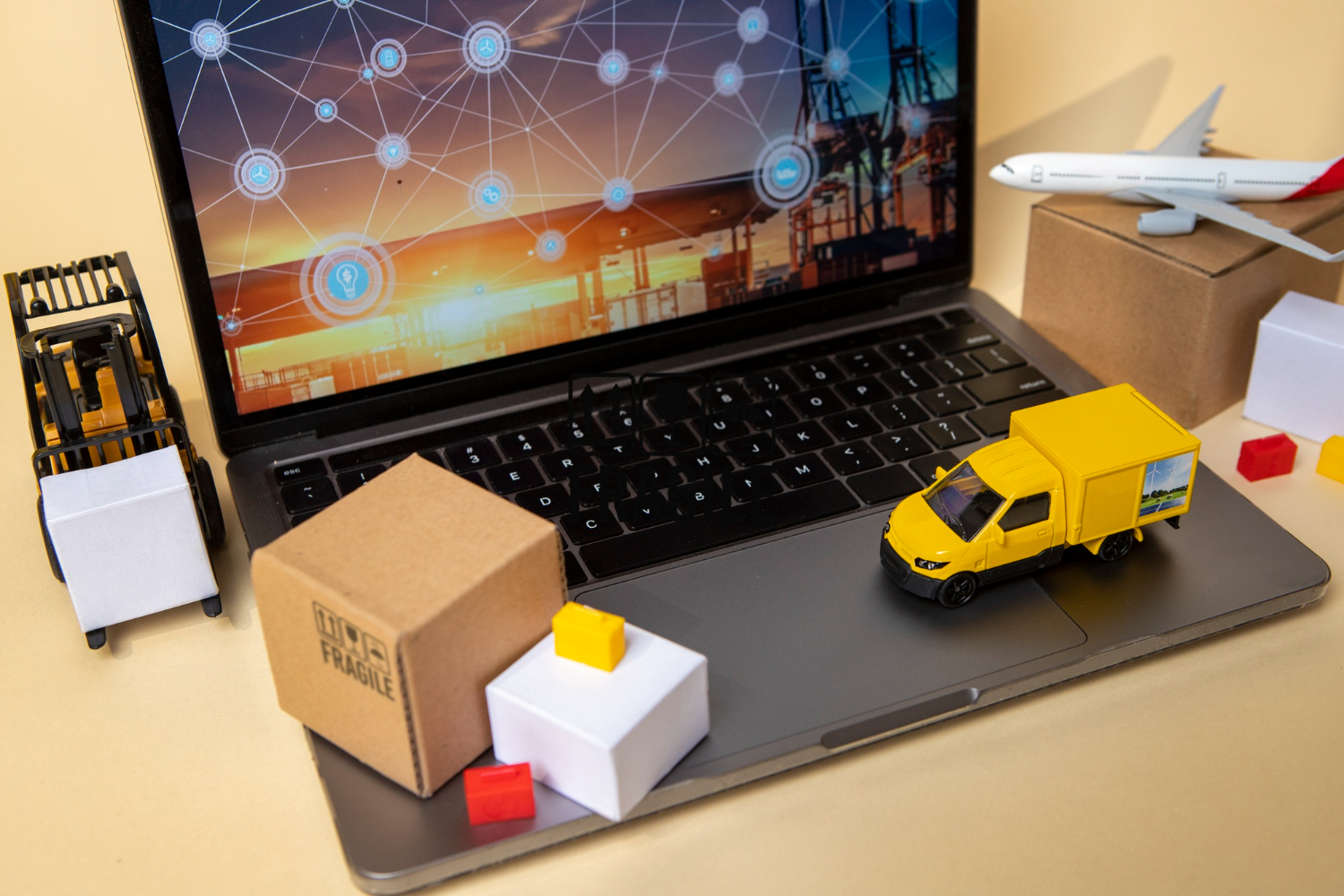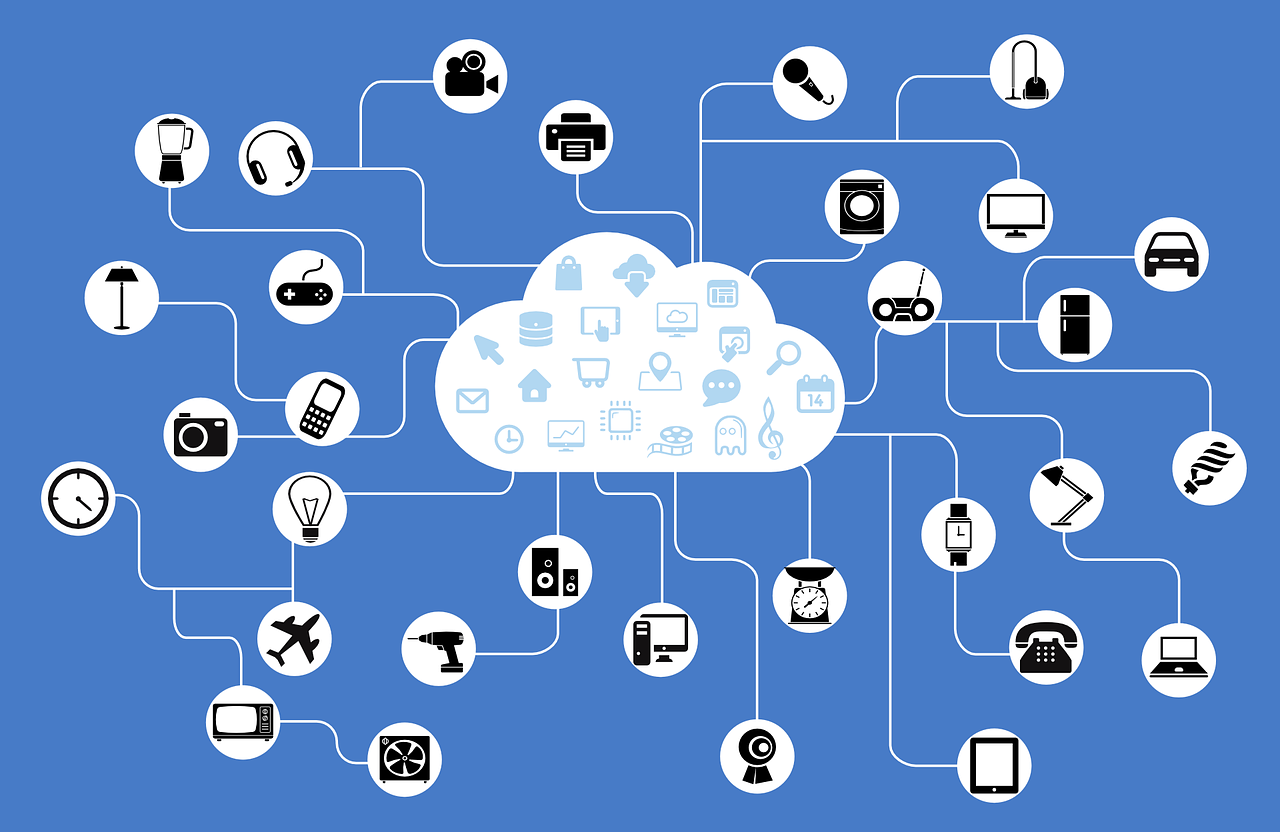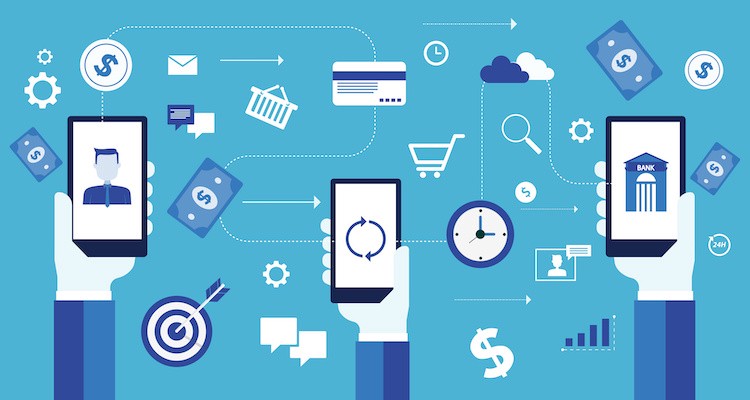In today’s competitive job market, companies are constantly seeking an edge. They need to find the best talent quickly and efficiently, while ensuring a safe and secure work environment. This is where background checking systems are playing an increasingly important role, transforming the way businesses conduct their recruitment.
Rise of Automation and Efficiency
Traditionally, background checks were a manual process, involving tedious verification of references, education, and employment history. This could be time-consuming and prone to errors. Modern background checking systems, however, are revolutionizing the process by:
- Streamlining Workflows
Automated platforms allow companies to submit background check requests electronically, gather information from various sources, and receive reports quickly. This significantly reduces the time and resources needed compared to manual checks.
- Enhanced Accuracy
Automated systems access vast databases and utilize advanced algorithms to verify information. This reduces the risk of human error and ensures the accuracy of the information gathered.
- Faster Hiring Decisions
Background checks are no longer a bottleneck in the hiring process. With faster turnaround times, companies can make informed hiring decisions quicker, giving them a competitive advantage in attracting top talent.
Beyond Verification: Building a Complete Picture
Modern background checking systems go beyond simply verifying information. They can provide a more comprehensive picture of a candidate by:
- Social Media Screening
Social media platforms can offer valuable insights into a candidate’s personality, work ethic, and potential cultural fit within the company. However, it’s crucial to have a clear social media screening policy that complies with data privacy regulations.
- Skills Verification
These systems can integrate with skills assessment platforms, allowing companies to verify a candidate’s claimed skills and qualifications, leading to a more informed hiring decision.
- Skills Verification
These systems can integrate with skills assessment platforms, allowing companies to verify a candidate’s claimed skills and qualifications, leading to a more informed hiring decision.
- Global Reach
For companies with international operations, background checking systems can provide global reach, ensuring a consistent verification process across different countries and regulations.
Benefits for Businesses and Candidates
The adoption of advanced background checking systems offers a plethora of benefits for both companies and candidates:
- Improved Quality of Hire
Background checks help companies identify candidates with a strong work history and a lower risk of legal or ethical issues. This leads to a more qualified and reliable workforce.
- Reduced Risk and Liability
Companies can mitigate the risk of fraud, theft, or violence by ensuring they are hiring trustworthy individuals. This reduces the potential for legal liability and protects the company’s assets.
- Enhanced Workplace Safety
Background checks can help create a safer work environment for employees by identifying individuals with a history of violence or misconduct.
- Increased Transparency and Trust
A thorough background check process demonstrates a company’s commitment to responsible hiring, fostering trust and transparency with both candidates and existing employees.
- Faster Onboarding
With efficient background checks, companies can onboard new hires quickly, minimizing disruptions and allowing them to become productive members of the team sooner.
- Positive Candidate Experience
A streamlined, and efficient background check process can create a positive experience for candidates. Knowing their application is being reviewed fairly and promptly can enhance a candidate’s perception of the company.
Addressing Concerns and Ensuring Fairness
While background checks offer numerous advantages, it’s crucial to address potential concerns:
- Data Privacy
Companies must ensure they comply with data privacy regulations when conducting background checks. Transparency in data collection and usage practices is essential.
- Fairness and Bias
Background check results should be considered within the context of the specific role and location. Companies should avoid discriminatory practices based on factors like salary history or certain types of criminal records.
- Candidate Communication
It’s important to communicate the background check process clearly to candidates and obtain their informed consent.
The Future of Recruitment with Background Checking
The future of recruitment lies in leveraging technology to create a more efficient, informed, and fair hiring process. Background checking systems will continue to evolve, offering even greater insights into a candidate’s suitability for the role. Here’s what we can expect:
- Advanced Analytics
Background check reports will become more sophisticated, using data analytics to identify trends and potential risks. This will allow companies to make even more informed hiring decisions.
- Focus on Skills and Cultural Fit
As verification processes become more efficient, the focus will shift towards assessing a candidate’s skills, experience, and cultural fit within the company.
Conclusion
Background checking systems are no longer just a verification tool. They are transforming the way companies recruit, allowing them to build a strong, reliable workforce, and create a safe and productive work environment. As technology continues to advance, background checks will become even more sophisticated, empowering companies to make smarter hiring decisions while ensuring fairness throughout the process.




